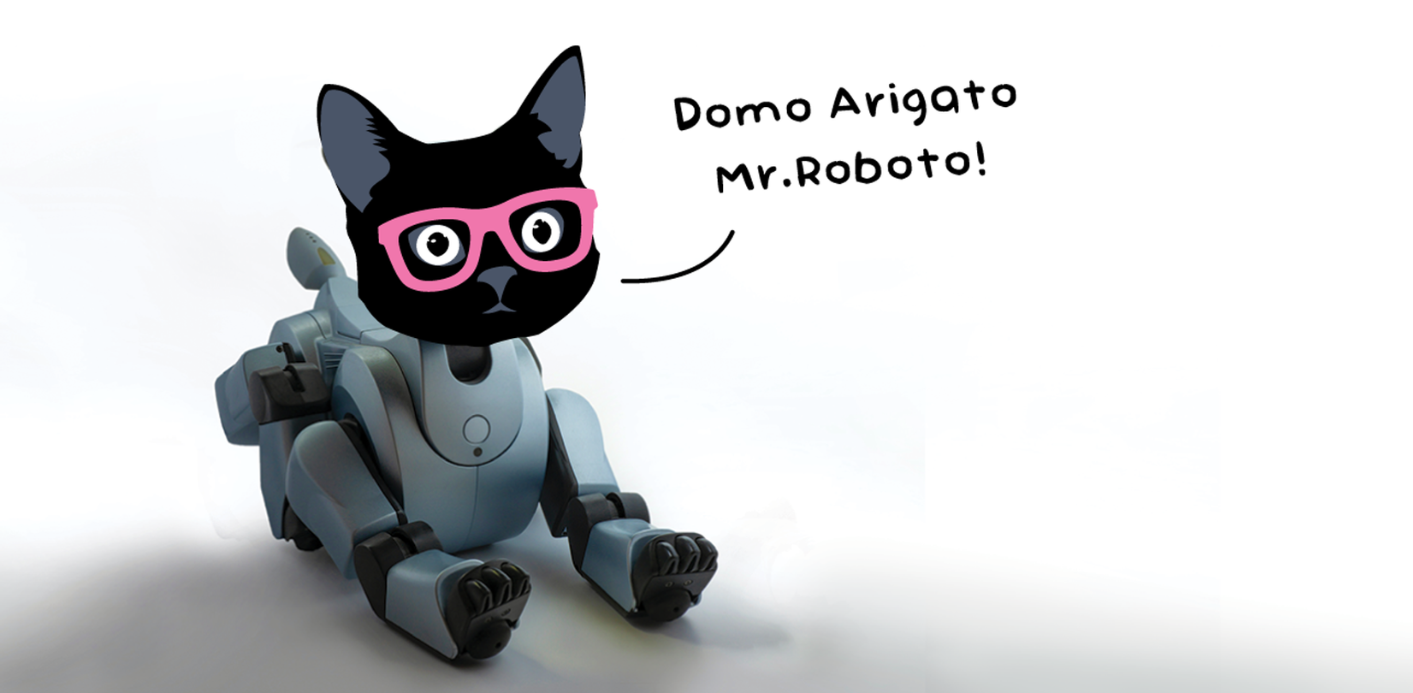Automation has progressed quickly from a hot new QA topic to a must-have for ambitious teams. Customer expectations are evolving as fast as technology, and advances in AI and automation help your service team keep up.
In fact, 70% of organizations plan to invest more in support automation in the next 12 months.
So, let’s talk AutoQA and how you can be doing more with less.
What is AutoQA?
AutoQA, short for automated quality assurance, offers a comprehensive solution by automatically evaluating support tickets. This provides you with 100% coverage, offering an unbiased overview of your customer conversations. It considers various categories and languages, enabling efficient handling of large ticket volumes in less time.
Comparatively, manually reviewing conversations to pinpoint problem areas is akin to using a metal detector on the beach for treasure hunting — a lengthy and exhaustive process with no guaranteed outcome. With AutoQA, you possess a map that directs you to the treasure (or problem areas). By navigating directly to them, you conserve energy, allowing you to focus on devising improvement strategies.
However, it’s important to note how your QA software provider defines AutoQA. While many quality assurance tools offer automation, not all can automatically score your support conversations.
Automated vs. manual QA
Let’s delve into the division of responsibilities and outline the functions of automation, AI, and humans in ensuring customer service quality.
AutoQA streamlines tasks and accelerates the enhancement of customer service quality more efficiently than ever before.
Nonetheless, manual reviews remain indispensable in the customer service QA process. The human element (your QA specialist) is essential for discerning the refinements facilitated by automation and AI.

The human element in the feedback loop is indispensable — tackling nuanced situations, facilitating feedback sessions, conducting thorough analysis, and more. Yet, the most challenging aspect of the feedback loop is also rooted in human behavior.
Hence, relying solely on manual reviews poses risks:
- Limited coverage: On average, only 2% of conversations undergo manual review.
- Bias: Reviewers may harbor unconscious biases that influence evaluations, potentially resulting in unfair judgments and decisions.
- Limited scalability: Manual reviews struggle to scale, especially with a growing volume of customer interactions, leading to delays in feedback provision and customer service enhancement.
- Human error: Inevitable errors may lead to inaccurate assessments and flawed data.
- Inconsistency: Varying reviewer standards and interpretations of good customer service can result in inconsistent evaluations.
- Time-intensive: Manual reviews demand significant time and effort, particularly as ticket volumes increase, impacting the bottom line.
There exists no strict dichotomy between automated and manual QA. With the appropriate software, mastering both approaches is achievable.

Navigating through the noise
Support teams are often inundated with hundreds of conversations daily. While a significant portion of these exchanges may be straightforward, lacking the depth to warrant manual scrutiny,
Auto QA provides comprehensive coverage for trend analysis, significantly boosting review capacity by 50 times and ensuring all QA aspects are addressed for every interaction.
Without needing to open a single interaction, you gain insights into both overall customer sentiment and team performance, irrespective of ticket volume.
However, the presence of QA specialists remains crucial for several reasons:
- They pinpoint specific areas for improvement, facilitating targeted training or support to enhance agent performance.
- They adeptly analyze customer sentiment, tackling issues that adversely affect satisfaction — whether pertaining to customer service or necessitating communication with other departments.
- QA specialists identify potential risks or compliance issues in customer interactions.
- They deliver constructive feedback, supported by Auto QA evidence of performance.

Yet, AI significantly simplifies conversation discovery. In fact, a third of surveyed teams leverage AI to aid in conversation selection for review.
Spotlight stands out as a distinctive conversation discovery feature that autonomously samples conversations deemed crucial for review. These selections are made through a multilevel statistical analysis of your communication metadata, tailored by AI according to your support team’s criteria.
By examining conversations highlighted by Spotlight, you can prioritize QA efforts on critical discussions containing pivotal learning opportunities.
You definitely want to see context when, for example, emotions run high and the conversation has strayed from the original problem. A machine can tell you that this conversation went longer than average. But that could mean the agent did not control the conversation, or, on the contrary, that they managed to calm down an upset customer and bring them back onto a path to resolution.
Let the machine spot the conversations that need human review, and then let a human reviewer give feedback that makes sense.

The power of integrating automated and manual reviews
While manual reviews excel at delving into nuances, they are time-consuming and lack scalability.
On the flip side, automated reviews swiftly analyze a large volume of interactions but may struggle to grasp the intricacies of human communication.
We’ve officially entered an era where humans and machines thrive together (and vice versa). Five key principles facilitate optimal collaboration between humans and machines:
- Rethinking business processes
- Embracing experimentation and employee involvement
- Actively shaping an AI strategy
- Responsibly managing data collection
- Redesigning work processes to integrate AI and foster employee skill development.
AutoQA embodies these principles when utilized by a QA specialist, discerning critical conversations and insights to transform analytical data into actionable steps.
By combining both methods, companies can harness the strengths of each approach. Automated reviews swiftly identify issues, while manual reviews offer detailed analyses and pinpoint areas for improvement. This combined approach ensures efficient and scalable delivery of high-quality customer service across a vast volume of interactions.
Ultimately, it offers a simpler, smarter way to uphold customer satisfaction while scaling your operations.



